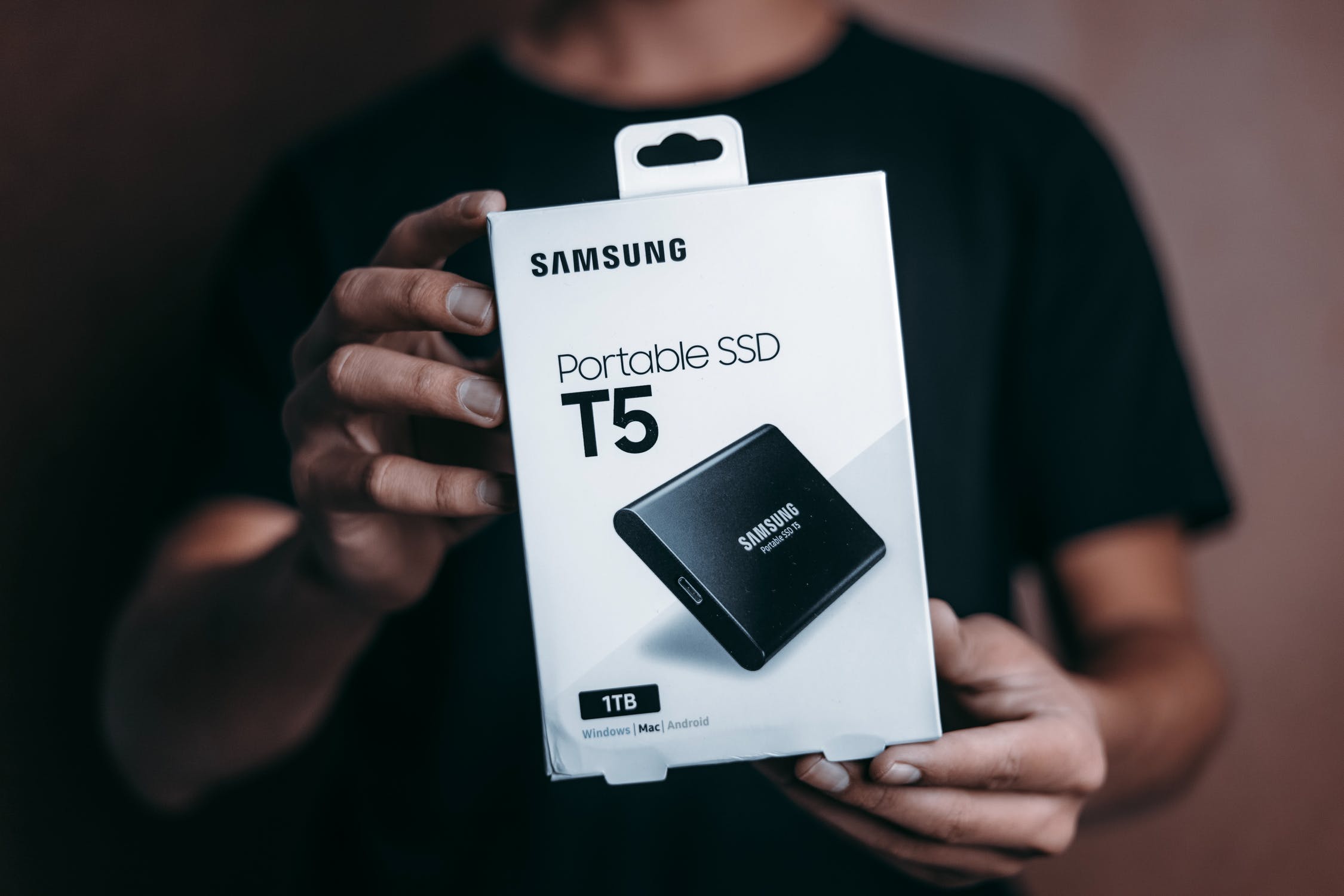Why need Data Recovery Service?
Unless you periodically take backups, confidential information saved on these devices is not safe. Data stored on any storage system is vulnerable to injury, failure, or various other reasons because of wear or tear of the mechanical parts in such devices. It’s no joy, either for technical or personal records, to experience a data loss situation. A specialist data recuperation service offers a data recuperation mechanism. The different storage devices, including HDD devices, Solid State Drives (SDDs), USB drives, Portable Hard Drives, cell phones, etc., are not available, missing, or corrupt, as well as formatted.
About SSD Data Recovery Services
SSD NAND chips and controllers have been advanced in terms of reliability with photoSolid-State (SSD) but are far from perfect. If you can’t read files on a device, you need an SSD data recovery firm that understands the complex format architecture, and your case needs state-of-the-art engineers and technology to achieve the best results. Here in this article explains the ssd data recovery services.
What is the process of SSD Data Recovery Services?
Recovery of SSD data differs significantly from data recovery from hard disk and needs completely different tools. While hard drives store magnetic material information that moves physically, solid-state drives have no movable components. They are much faster than hard disks, but memory wear and physical damage are also present.
This means that while an SSD is trustworthy, it’s not flawless, and engineers must use a unique method to get corrupt or deleted data back. Evaluation begins the fundamental process for the recovery of SSD data. We offer a free quotation, which depends on several factors. The main element is whether a Level 1 or a Level 2.
SSD Level 1: The SSD may require minimal physical repairs at this level. However, most repairs involve drive firmware that accesses are made with hardware ssd data recovery services. We can also access the SSD and fix corrupt software files. We make an image of the drive with the intact drive controller, but we do not remove the chips that store data.
SSD Level 2: These include severe physical damage or electronic damage recoveries. The memory chips are removed, a raw dump on each chip is created, and then wear an algorithm that the SSD uses to protect against premature memory. The different kinds of information on wear leveling. To determine the wear-developing algorithm, we usually identify data structures, which are very difficult, but we still achieve a large success rate.
What are the causes of SSD?
Many computer users assume that solid-state discs cannot collapse or other joint problems related to traditional hard disks. While solid-state drives do not have any moving parts, they have several sensitive electrical components, which can sustain damage and fail for various reasons. The good news is that most of these problems do not cause permanent damage, but data recovery professionals need a unique set of tools to successfully carry out SSD repairs. SSD is due to some reasons that are listed below.
- Damage to the physical or e-component
- Deletion of accidental file
- Virus damage, Trojan horses, and other malicious programs
- Fires, flooding, and other natural catastrophes
- Software or operating system problems caused file corruption
- The bad industries
- Excessive overwriting memory.
Fails with the solid-state drive can catch you off guard, and when data loss occurs, it will have grave consequences.
What will I do if an SSD fails?
If you miss data on your strong-state disk, hold it off. Although an SSD cannot sustain damage to the physical part during service, it will overwrite files to minimize your recovery chances. Solid-state drives cannot cause memory wear or other physical complications, and you can keep your enterprise healthy and keep your media in its initial shape. Never use applications for data recovery or disk utilities on your Solid-state drive, as they can help with flash media problems by accessing your disk with details.

